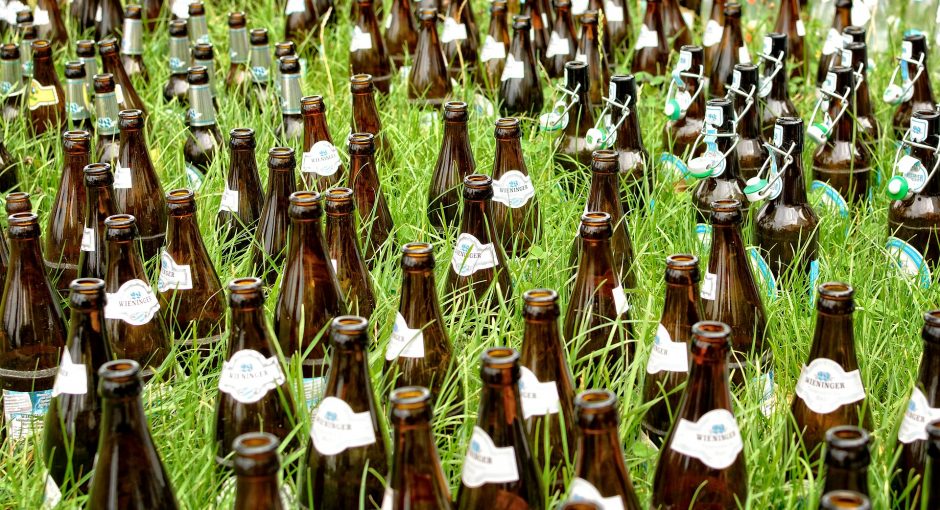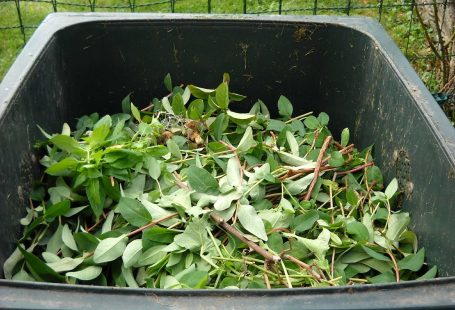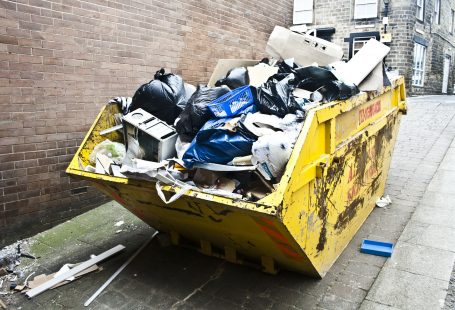Food waste is one of the most prominent waste streams across Middle East, especially in GCC region. The mushrooming of hotels, restaurants, fast-food joints and cafeterias in the Middle East region has resulted in the generation of huge quantities of food wastes. The proportion of food waste in municipal waste stream is gradually increasing and hence a proper food waste management strategy needs to be devised to ensure its eco-friendly and sustainable disposal in the Middle East.
Food waste is an untapped energy source that mostly ends up rotting in landfills, thereby releasing greenhouse gases into the atmosphere. Food waste includes organic wastes generated in hotels, restaurants, canteens, cafeterias, shopping malls and industrial parks in the form of leftover food, vegetable refuse, stale cooked and uncooked food, meat, teabags, napkins, extracted tea powder, milk products etc. It is difficult to treat or recycle food waste since it contains high levels of sodium salt and moisture, and is mixed with other waste during collection.
Food waste can be recycled by two main pathways:
- Composting: A treatment that breaks down biodegradable waste by naturally occurring micro-organisms with oxygen, in an enclosed vessel or tunnel or pit
- Anaerobic digestion or biogas technology: A treatment that breaks down biodegradable waste in the absence of oxygen, producing a renewable energy (biogas) that can be used to generate electricity and heat.
Composting
Composting provides an alternative to landfill disposal of food waste, however it requires large areas of land, produces volatile organic compounds and consumes energy. Compost is organic material that can be used as a soil amendment or as a medium to grow plants. Mature compost is a stable material with a content called humus that is dark brown or black and has a soil-like, earthy smell. It is created by: combining organic wastes (e.g., yard trimmings, food wastes, manures) in proper ratios into piles, rows, or vessels; adding bulking agents (e.g., wood chips) as necessary to accelerate the breakdown of organic materials; and allowing the finished material to fully stabilize and mature through a curing process.
Anaerobic Digestion
Anaerobic digestion has been successfully used in several European and Asian countries to stabilize food wastes, and to provide beneficial end-products. Sweden, Austria, Denmark, Germany and England have led the way in developing new advanced biogas technologies and setting up new projects for conversion of food waste into energy. The relevance of biogas technology lies in the fact that it makes the best possible utilization of various organic wastes as a renewable source of clean energy. A biogas plant is a decentralized energy system, which can lead to self-sufficiency in heat and power needs, and at the same time reduces environmental pollution.
Of the different types of organic wastes available, food waste holds the highest potential in terms of economic exploitation as it contains high amount of carbon and can be efficiently converted into biogas and organic fertilizer. Food waste can either be utilized as a single substrate in a biogas plant, or can be co-digested with organic wastes like cow manure, poultry litter, sewage, crop residues, abattoir wastes etc.










